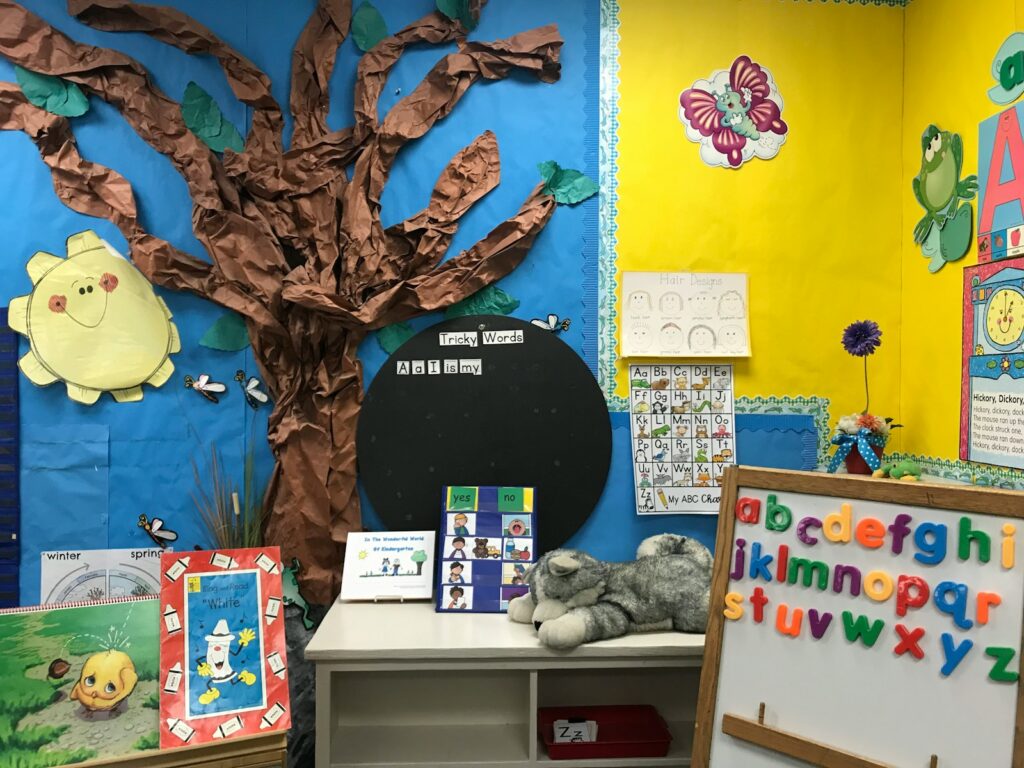
Warm-up activities are essential in English as a Foreign Language (EFL) classrooms to engage students, activate prior knowledge, and set the tone for the lesson. In Morocco, where English is gaining importance as a global language, teachers are always looking for effective strategies to capture students’ interest from the start. This post explores 10 practical and engaging warm-up activities tailored for Moroccan EFL classrooms, focusing on interactive methods that cater to varying levels of English proficiency.
1. Vocabulary Relay Race
This fun and competitive activity help students review vocabulary from previous lessons while energizing the class. Divide students into two or more teams and provide each team with a set of vocabulary cards. Teams take turns running to the board to write a sentence using one of the words. The first team to finish with correct sentences wins. This activity is particularly effective in Moroccan classrooms where students enjoy collaborative and competitive learning.
2. Think-Pair-Share
Think-Pair-Share encourages students to think critically and communicate effectively. Start with a thought-provoking question related to the lesson’s topic, and give students a minute to think. Then, they pair up to discuss their thoughts before sharing with the whole class. This activity helps build confidence in speaking and listening, which is crucial in Moroccan EFL contexts where students often feel shy or hesitant to speak English.
3. Two Truths and a Lie
A great icebreaker, “Two Truths and a Lie” gets students talking and thinking creatively. Each student writes down two truths and one lie about themselves. They read them out, and the class must guess which statement is the lie. This activity not only promotes speaking skills but also encourages students to use the present simple and past simple tenses. It’s a perfect warm-up for Moroccan high school students who need more practice in speaking spontaneously.

4. Picture Prompt Discussion
Bring in a picture related to the lesson topic and ask students to describe what they see. Encourage them to use new vocabulary and descriptive language. For example, if the lesson is about travel, a picture of a bustling Moroccan souk can be used to spark discussion. This activity is effective in Moroccan classrooms, where visual learning and cultural relevance can enhance engagement and comprehension.
5. Word Association Game
Word association games can quickly warm up students’ minds and prepare them for language learning. Start with a word related to the day’s lesson, and have students take turns saying the first word that comes to mind. This game encourages quick thinking, expands vocabulary, and can easily be adapted to different proficiency levels found in Moroccan classrooms.
6. Quick Fire Questions
In this activity, teachers prepare a list of rapid-fire questions related to a previous lesson. Students must answer as many as possible in a set time (e.g., 1 minute). This activity works well in Moroccan classrooms to encourage active listening and speaking, helping students become more confident and fluent in English.
7. Story Chain
Create a collaborative story where each student adds a sentence. Start with a sentence related to the lesson topic (e.g., “Yesterday, I went to the beach and saw…”). Each student adds a sentence to continue the story. This activity helps develop creativity, reinforces grammar, and is particularly engaging for Moroccan students who enjoy storytelling.

8. Grammar Auction
Grammar auctions can be a fun way to review grammar rules. Provide a list of sentences, some correct and some incorrect. Students work in groups to “bid” on the sentences they think are correct. This activity turns a review session into an interactive game, making grammar more engaging for Moroccan students who may find it challenging or dull.
9. Mind Mapping
Mind mapping is a great way to activate prior knowledge and introduce new vocabulary. Start with a central concept (e.g., “Climate Change”) and ask students to brainstorm related words and ideas. This visual activity is excellent for Moroccan EFL students, helping them see connections between concepts and vocabulary, which can aid retention and understanding.
10. Spot the Difference
This activity involves pairs of pictures with slight differences. Students work in pairs to find and describe the differences. It encourages detailed observation, descriptive language, and speaking practice. Given Morocco’s diverse cultural settings, pictures can be tailored to reflect familiar scenes, making the activity more relatable and engaging for students.
Incorporating effective warm-up activities in EFL classrooms in Morocco is essential to ensure that students are engaged and prepared for learning. These activities not only warm up the class but also provide opportunities for meaningful interaction, critical thinking, and language practice. By implementing these activities, Moroccan EFL teachers can create a dynamic and supportive learning environment that fosters English language development.
#EFLTeaching #WarmUpActivities #ClassroomActivities #TeachingEnglish #EducationInMorocco #EFLTeachers #ESLResources #TEFL #LessonPlanning #LanguageLearning #TeacherTips #ELT #EngagingStudents #EnglishLanguageTeaching #TeachingResources #Edutips #TeachingInMorocco #ClassroomManagement #LearnEnglish #EFLClassroom